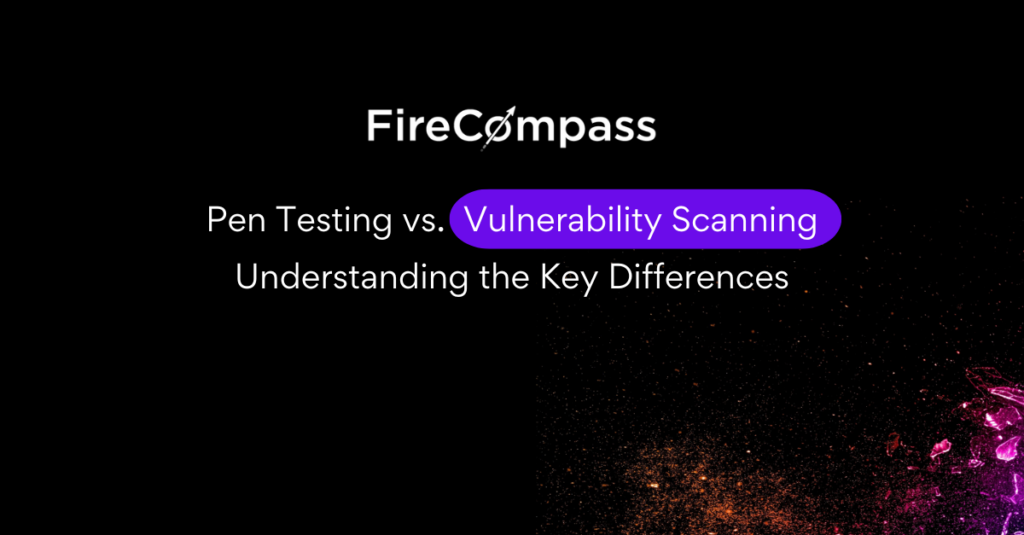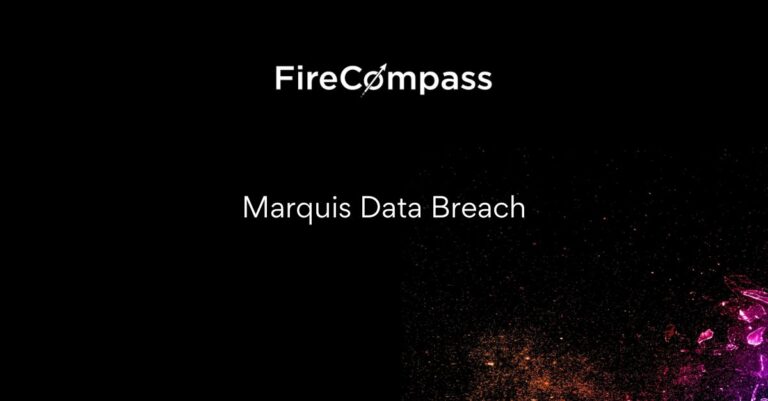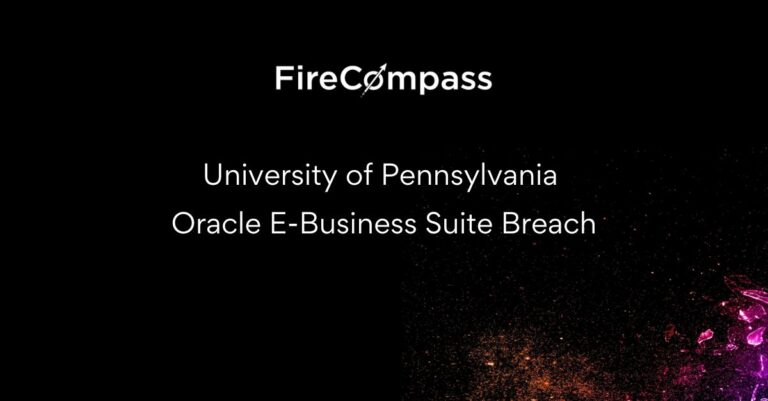Penetration testing (pentesting) and vulnerability scanning are critical components of a robust cybersecurity strategy, but they are not the same. The main difference lies in their approach and purpose: penetration testing simulates real-world attacks to exploit vulnerabilities, while vulnerability scanning identifies and lists potential security weaknesses without exploiting them.
Penetration Testing: A Deep Dive
Penetration testing, often referred to as pentesting, involves ethical hacking practices where cybersecurity professionals simulate cyber attacks to test the resilience of an organization’s systems against real-world threats. This proactive approach aims to exploit identified vulnerabilities, assess the impact of these exploits, and provide actionable insights for strengthening security measures.
Pentesting is not just about finding vulnerabilities; it’s about demonstrating how these vulnerabilities could be exploited by attackers. This could involve attempts to access sensitive data, escalate privileges, or move laterally within a network to simulate the damage a real attacker could inflict.
Types of Penetration Testing:
- Black Box Testing: The tester has no prior knowledge of the system, resembling an external attacker attempting to breach the system with limited information. This type of testing closely mirrors real-world attack scenarios.
- Gray Box Testing: The tester has partial knowledge, such as credentials or network diagrams, allowing for a more targeted approach that simulates insider threats or an attacker with some level of access.
- White Box Testing: The tester has full access to information about the system, including source code and architectural documentation. This thorough approach identifies vulnerabilities that might be overlooked with less information.
According to the 2023 IBM Cost of a Data Breach Report, the average cost of a data breach was USD 4.45 million, emphasizing the financial impact of failing to identify and mitigate vulnerabilities before they are exploited.
Common Tools Used in Penetration Testing:
- FireCompass: A continuous automated red teaming and attack surface management platform that simulates real-world attack scenarios to help organizations discover and validate vulnerabilities across their digital footprint. FireCompass not only identifies weaknesses but also provides actionable insights to strengthen security defenses, making it a key tool for modern penetration testing.
- Metasploit: A widely used framework that automates the exploitation of vulnerabilities, helping testers simulate real-world attacks.
- Burp Suite: Useful for testing web applications, this tool can identify vulnerabilities like SQL injection and cross-site scripting.
- Nmap: Primarily used for network discovery and security auditing, Nmap provides valuable data that can be used to target systems during a pentest.
The goal of pentesting is not just to uncover vulnerabilities but to prove their exploitability, providing a clear picture of how attackers could compromise your systems and what data could be at risk.
Vulnerability Scanning: Identifying Weaknesses
Vulnerability scanning, in contrast, is a non-intrusive, automated process designed to identify known vulnerabilities in systems, networks, and applications. It provides a list of potential weaknesses and rates them according to severity but does not attempt to exploit them. Think of it as a comprehensive health check that identifies where your security posture may be lacking but stops short of testing the defenses in practice.
How Vulnerability Scanning Works:
- Discovery Phase: This initial phase involves gathering information about the network and systems, including identifying open ports and running services.
- Vulnerability Detection: The scanner compares the identified services against known vulnerability databases, such as the CVE (Common Vulnerabilities and Exposures) list, to highlight potential weaknesses.
- Risk Assessment: The scanner assigns a risk score based on the severity of the vulnerabilities found, providing a prioritized list of issues to address.
Vulnerability scanning uses regularly updated databases of known vulnerabilities to identify weaknesses and the tools rely on these databases, such as the Common Vulnerabilities and Exposures (CVE) and National Vulnerability Database (NVD). These tools are continuously updated to include new vulnerabilities as they are discovered. Vulnerability scanning also categorizes risks using scoring frameworks like the Common Vulnerability Scoring System (CVSS), which assigns a risk score based on factors like exploitability, impact, and the complexity required to attack a vulnerability. This approach helps organizations prioritize which issues to address first, focusing on the most critical vulnerabilities that pose the greatest threat.
Popular tools for vulnerability scanning include:
- Nessus: One of the most popular scanners that identifies vulnerabilities, misconfigurations, and compliance issues.
- QualysGuard: A cloud-based solution that provides continuous monitoring and scanning capabilities.
- OpenVAS: An open-source scanner that provides similar functionality to commercial tools like Nessus.
Vulnerability scanning is more frequent and automated than penetration testing, often running weekly or monthly to ensure ongoing visibility into potential security issues. It’s crucial to maintain an up-to-date picture of the security landscape, particularly as new vulnerabilities emerge regularly.
Key Differences: Pentesting vs. Vulnerability Scanning
- Scope and Depth:
- Penetration Testing: Focuses on a specific scope, targeting high-value assets or critical infrastructure. It involves a detailed, manual process where the goal is to exploit vulnerabilities.
- Vulnerability Scanning: Broad in scope, covering all accessible assets. It provides an overview of potential vulnerabilities without validating their exploitability.
- Approach:
- Penetration Testing: Simulates real-world attacks, making it an active assessment method. It aims to breach the system and demonstrate the impact of successful attacks.
- Vulnerability Scanning: A passive assessment that identifies vulnerabilities without exploiting them. It uses databases of known vulnerabilities and automated scanning tools to flag issues.
- Frequency and Automation:
- Penetration Testing: Typically conducted periodically, such as annually or semi-annually, or when significant changes occur in the environment.
- Vulnerability Scanning: Can be automated and run frequently, providing ongoing insights into the security posture of the organization.
- Output:
- Penetration Testing: Results in a detailed report highlighting exploited vulnerabilities, attack paths, and recommendations for remediation.
- Vulnerability Scanning: Provides a prioritized list of potential vulnerabilities, often with suggested fixes but without confirming exploitability.
When to Use Each
Pentesting and vulnerability scanning serve different but complementary roles in a cybersecurity strategy. Organizations often use both to maintain a robust security posture.
- Use Penetration Testing When:
- You need to validate the effectiveness of your security controls.
- You require compliance with industry regulations that mandate penetration testing (e.g., PCI-DSS).
- You want to understand the real-world impact of potential attacks on your systems.
- Use Vulnerability Scanning When:
- You need continuous monitoring of your systems for new vulnerabilities.
- You want to maintain an up-to-date inventory of known weaknesses.
- You are looking for a less intrusive, automated method of vulnerability identification.
Integrating Penetration Testing and Vulnerability Scanning
To maximize the benefits of both approaches, organizations should integrate vulnerability scanning into their regular security practices, using it as a first line of defense. Penetration testing can then be used to validate and explore the real-world risks associated with the vulnerabilities identified.
By combining the automated, broad coverage of vulnerability scanning with the targeted, detailed analysis of penetration testing, you can ensure a more comprehensive security assessment that not only identifies weaknesses but also validates their impact and helps prioritize remediation efforts.
For more information on how to integrate these practices into your security program, explore FireCompass’s Penetration Testing as a Service (PTaaS), which provides continuous security assessments tailored to your organization’s needs FireCompass PTaaS.











